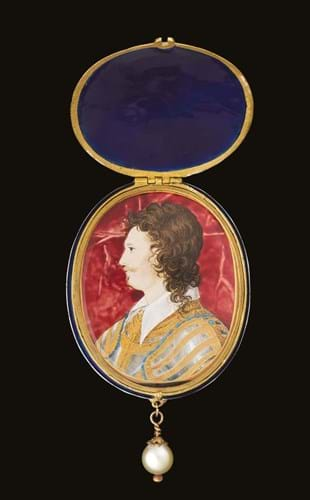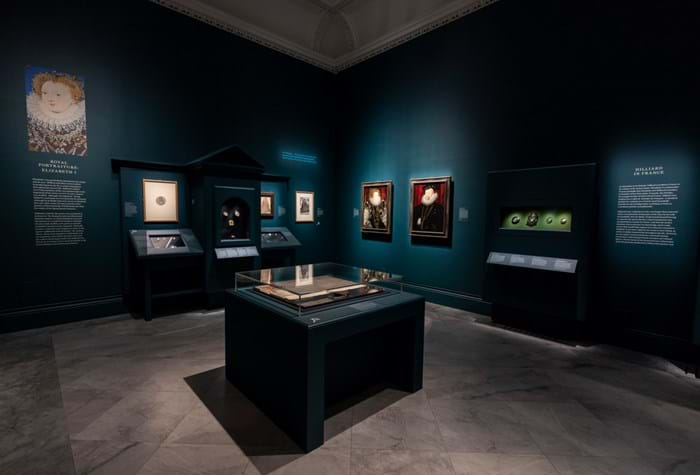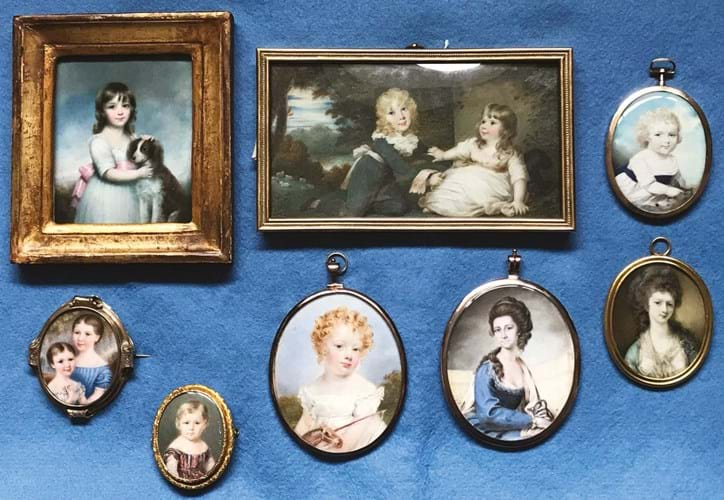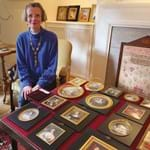As a collecting genre with a long history, the portrait miniature has experienced the peaks and troughs of fashion.
It was redundant after the advent of photography, popular again in the post-war era and a victim of changing taste and ivory legislation in the 21st century… but fans remain loyal.
Bryony Cohen, whose collection of miniatures has recently been acquired by English Heritage, sings their praises. She says: “We have such a strong tradition of portraiture in this country and the miniature is an essential part of this narrative.”
She laments the heady days of collecting in the late 20th century: “Little did I realise that I was experiencing the beginning of the end of the great period of collecting miniatures. Now there are no miniature-only sales; most of the auction houses have given up their dedicated miniature departments with their specialist experts, and we have lost most of the dealers.”
However, the constant has been the objects themselves: “The very best miniatures are truly works of art in their own right.”
Positive trends
Some bright spots in the market have emerged in recent years, however.
Emma Rutherford, who has worked with Philip Mould Gallery to put together the Sara Biffin exhibition Without Hands (see page 42), says: “We have seen different trends emerging over the past three years. There are now new strands in collecting, following markets in other areas.”

This watercolour and shell gold portrait on vellum on card sold from the stand of Philip Mould at Masterpiece earlier this summer. By Nicholas Hilliard (1547-1619), it is of a gentleman, possibly Sir Robert Dudley (1574-1649), wearing Greenwich ‘white and gilt’ armour c.1590-95 and had an asking price of £95,000.
For example, Rutherford has noticed strong demand in late 16th century examples, boosted by the success of the National Portrait Gallery’s Elizabethan Treasures: Miniatures by Hilliard and Oliver exhibition in 2019.

The 2019 exhibition Elizabethan Treasures: Miniatures by Hilliard and Oliver at the National Portrait Gallery.
“Old Master drawing collectors have moved into early miniatures and this continues to have an impact on the market”, she says. “Enamels are also incredibly popular, as they don’t have the condition problems that you have with watercolour and the issues with ivory [see page 40 for more information on the regulations], so we have had high-value sales here for those too.”
Rutherford also notes the emergence of jewellery collectors. She adds: “Miniatures are being viewed by collectors as a quirky area of jewellery to wear. And we have also seen interest in the more Gothic aspects which are particularly popular with younger collectors.”
Greater exposure
Museums have also boosted the market recently, too. Rutherford explains: “We have seen huge interest from US and European museums for miniatures. They see it as a less expensive way to find women artists, for example. They have been able to buy examples that really tell a story.”
A boost from television is the icing on the cake. According to dealers on Instagram, there has been a ‘Bridgerton effect’. When character Marina Crane wore a lover’s eye necklace in an episode, some fans wanted to replicate the look. Collectors welcomed the recent appearance on BBC’s Antiques Roadshow of a miniature of author Maria Jane Jewsbury by John Cochrane. At Wollaton Hall in Nottingham, art dealer Rupert Maas promptly valued it at £6000-8000.
Like many areas of antiques, portrait miniatures may never return to their peak. Even so, the small group of collectors, dealers and specialists continue to fly the flag and fashion may favour the collecting area once more.
















